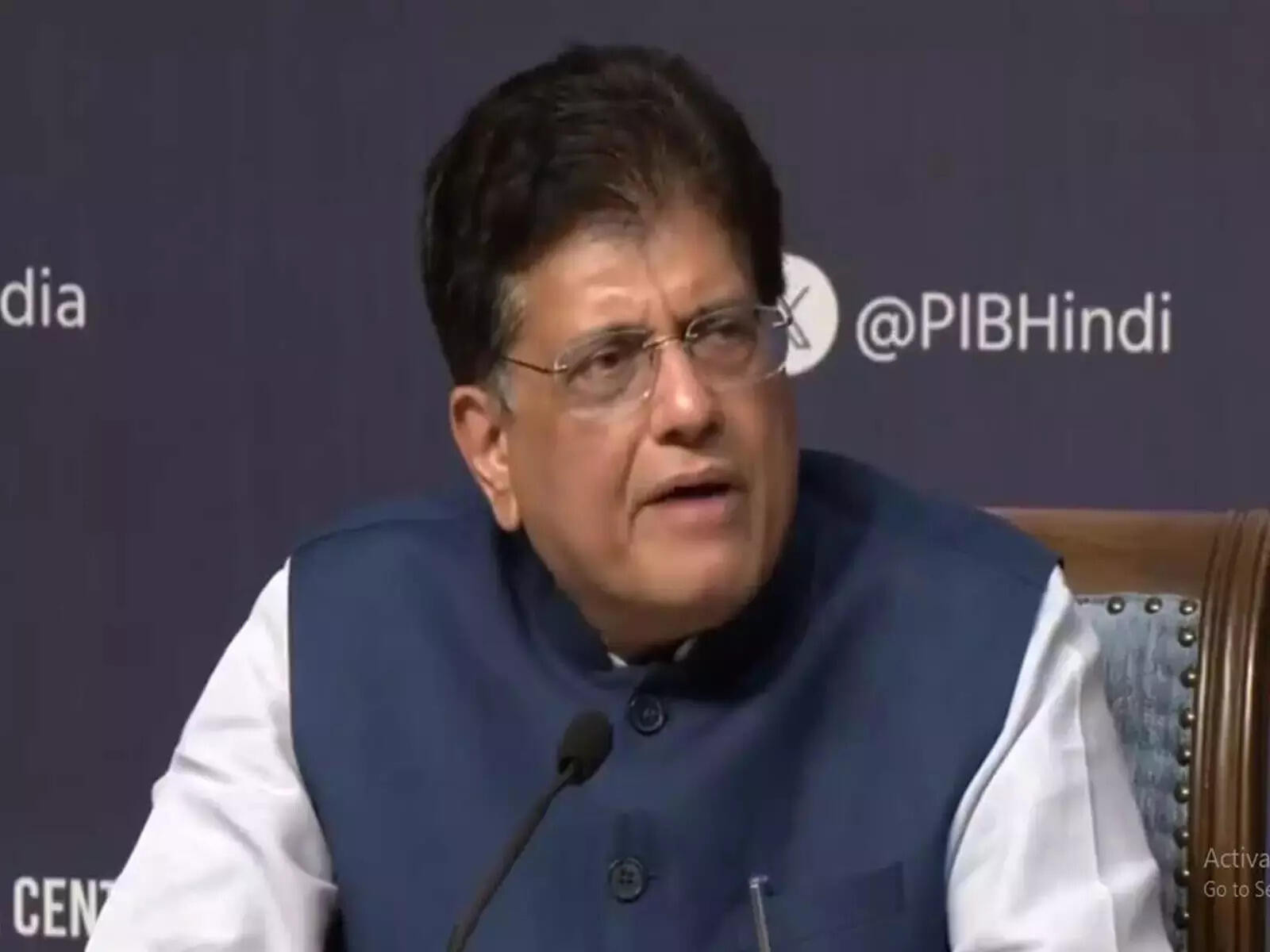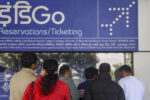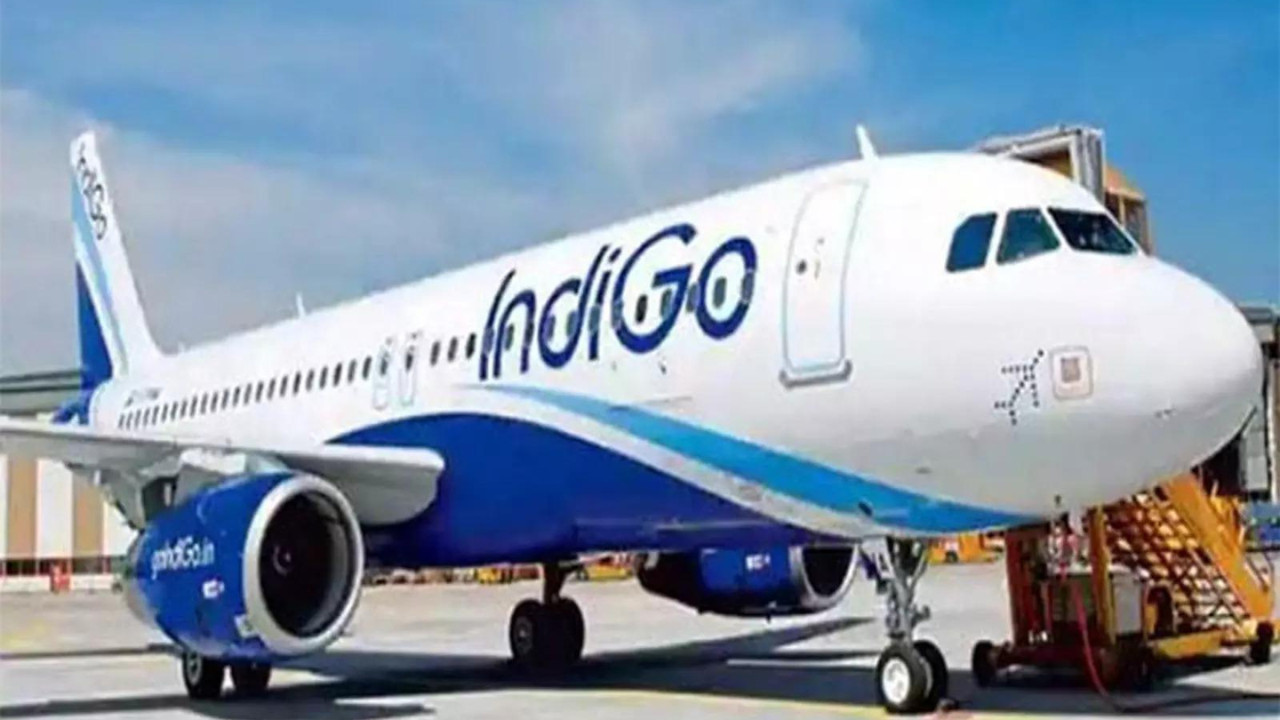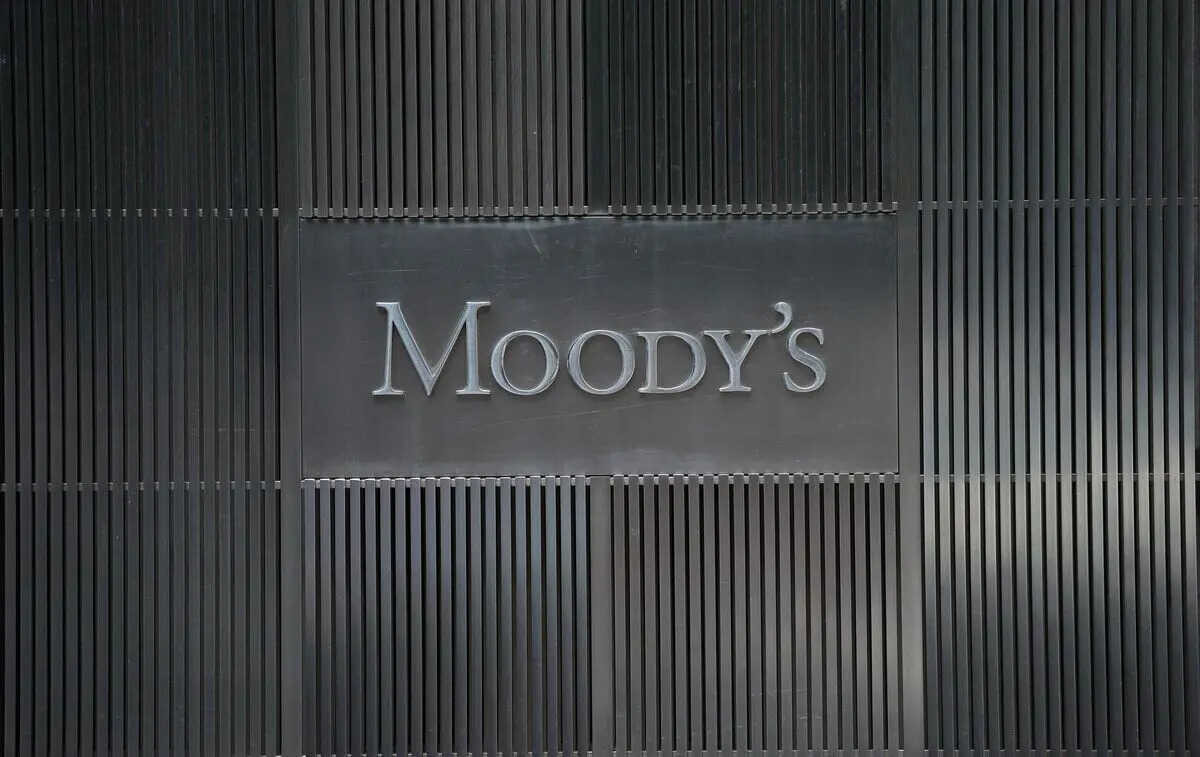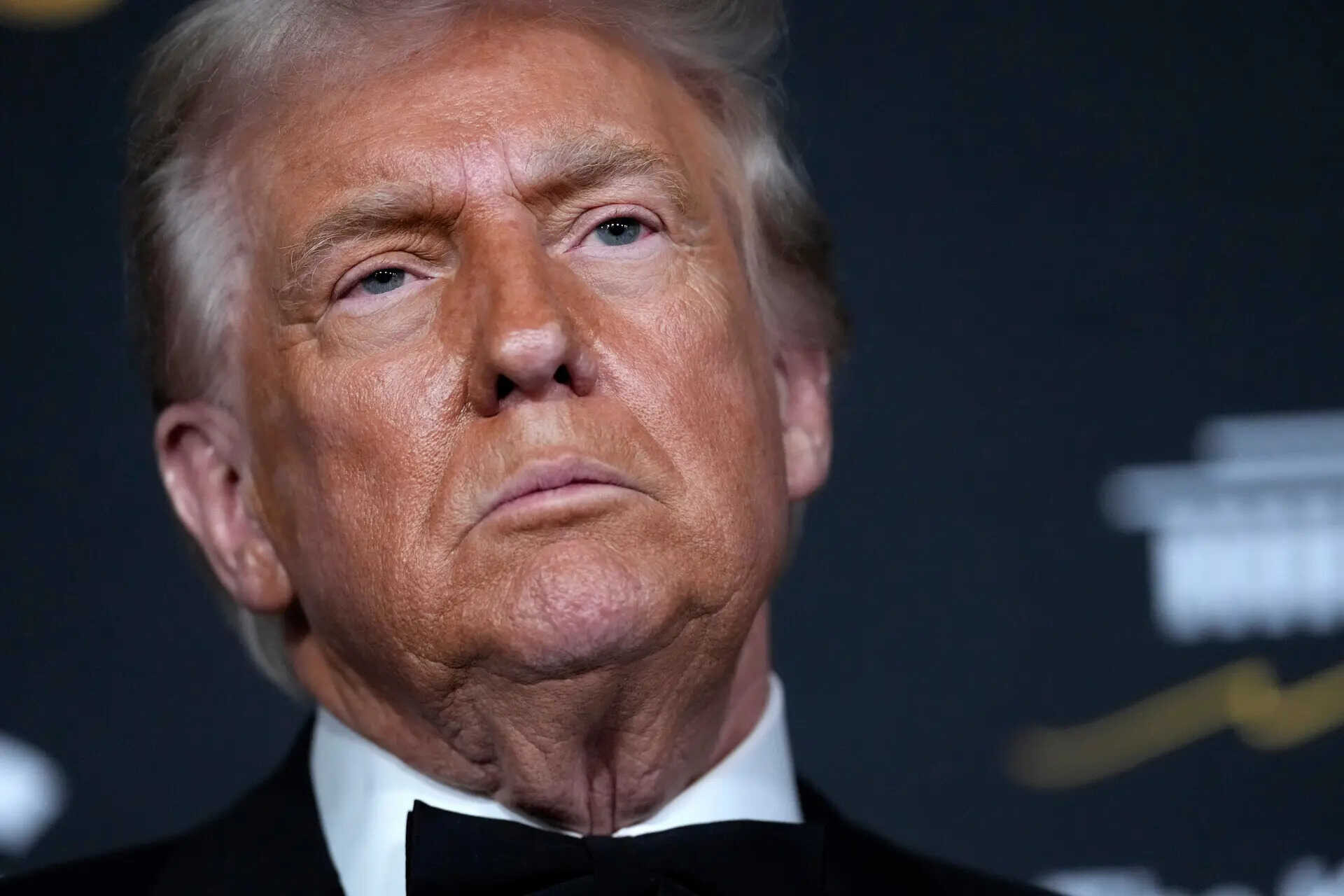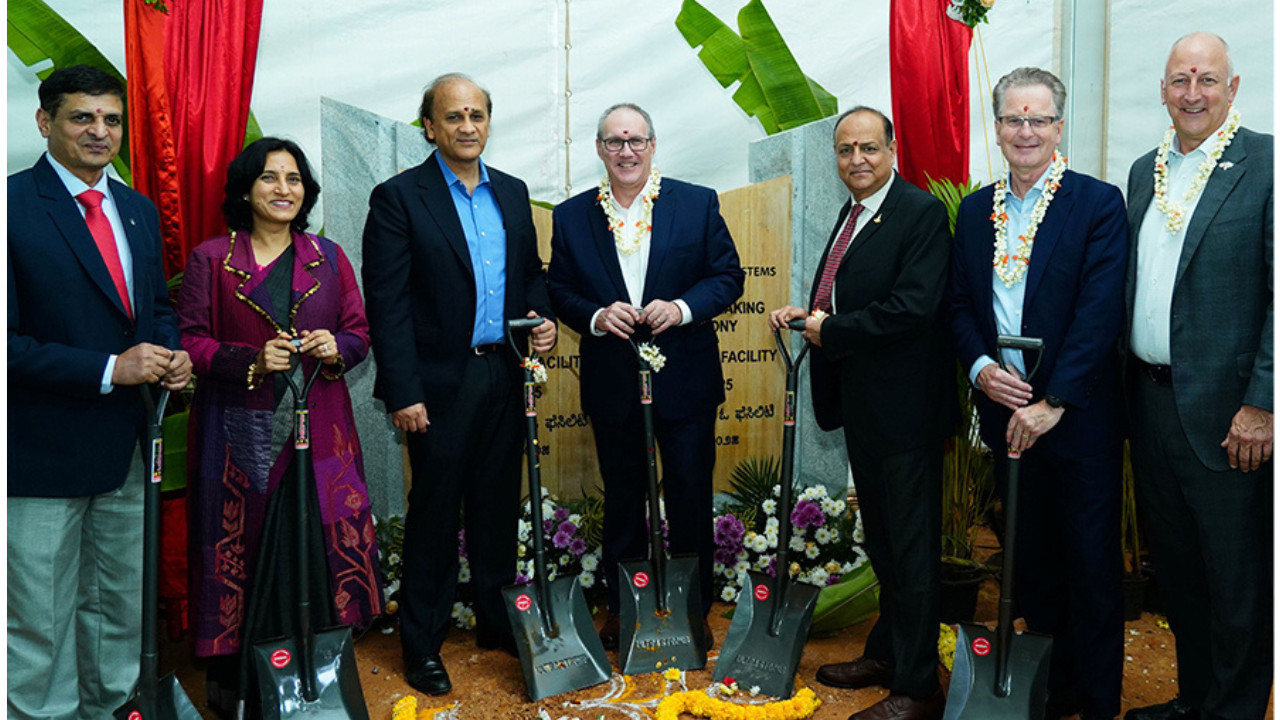The US-India Trade Story: A Chapter of Optimism
The dance between nations when it comes to trade is rarely a simple waltz. It’s more like a complex tango, full of nuanced steps, potential stumbles, and moments of genuine connection. Right now, the tango between the United States and India seems to be picking up pace, hinting at a deepening partnership that could reshape global commerce.
Recently, India’s Commerce and Industry Minister, Piyush Goyal, offered an upbeat assessment of the ongoing trade discussions with the US. His pronouncements suggest that the two economic giants are moving closer to resolving some long-standing issues. So, what’s the buzz? Let’s delve into the details.
Unpacking the Positivity: What’s Fueling the Optimism?
Goyal’s comments point to significant progress on several fronts. While specific details remain tightly guarded – trade negotiations are rarely conducted in the full glare of the media – the overall tone suggests a willingness on both sides to compromise and find mutually beneficial solutions. This positive atmosphere is a welcome change, especially in a world often characterized by trade tensions and protectionist policies.
One key area of focus is likely the reduction of trade barriers. Both countries have expressed interest in streamlining processes and lowering tariffs to facilitate the smoother flow of goods and services. This could unlock significant opportunities for businesses in both nations, fostering innovation and economic growth. Imagine a world where Indian artisans have easier access to the vast US market, and American tech companies can more readily collaborate with India’s burgeoning IT sector. That vision is becoming increasingly plausible.
Beyond Tariffs: A Broader Vision for US-India Trade
Trade isn’t just about tariffs and quotas. It’s about forging stronger economic ties that can drive innovation, create jobs, and improve the lives of citizens in both countries. The US and India recognize this, and their discussions likely extend beyond traditional trade concerns.
For example, cooperation in emerging technologies, such as artificial intelligence and renewable energy, is likely high on the agenda. By combining US technological prowess with India’s skilled workforce and entrepreneurial spirit, the two countries can become global leaders in these crucial sectors. This collaboration isn’t just about economic gain; it’s about tackling some of the world’s most pressing challenges, from climate change to cybersecurity.
Furthermore, strengthening supply chains is a key priority. The pandemic exposed vulnerabilities in global supply networks, highlighting the need for diversification and resilience. The US and India are well-positioned to collaborate on building more secure and reliable supply chains, reducing dependence on single sources and mitigating risks. This is particularly relevant in strategic sectors like pharmaceuticals and semiconductors.
Navigating the Challenges: Obstacles to a Trade Deal
Despite the positive momentum, challenges undoubtedly remain. Trade negotiations are inherently complex, involving numerous stakeholders with competing interests. Disagreements over intellectual property rights, agricultural subsidies, and market access can easily derail progress.
Moreover, political considerations can also play a significant role. Both the US and India have domestic constituencies to consider, and any trade agreement must be perceived as fair and beneficial to both sides. Navigating these political sensitivities requires skillful diplomacy and a willingness to compromise.
While both sides express positive sentiments, the reality of international trade talks is that compromises are needed. How far both nations are willing to bend to ensure a strong, mutually beneficial trade agreement remains to be seen. A successful resolution will depend on the ability of negotiators to find common ground and address the concerns of all stakeholders.

The Road Ahead: What to Expect from US-India Trade
The progress in US-India trade talks is undoubtedly encouraging. It signals a renewed commitment from both countries to deepen their economic partnership and address long-standing trade irritants. While the road ahead may be bumpy, the potential rewards are substantial. A successful trade agreement could unlock billions of dollars in new trade, create countless jobs, and strengthen the strategic alliance between the world’s two largest democracies.
As discussions continue, transparency and inclusivity will be crucial. Engaging with businesses, civil society organizations, and other stakeholders will ensure that any trade agreement reflects the needs and aspirations of all segments of society. Learn more about [India’s economic outlook](/india-economy-growth).
Ultimately, the success of US-India trade talks will depend on the willingness of both sides to embrace a long-term perspective and prioritize mutual benefit over short-term gains. A strong and vibrant trade relationship between the US and India is not just good for their economies; it’s good for the world. The strengthening US-India Trade ties promise a future of shared prosperity and growth, and their continuing talks are a testament to the commitment to a stronger, more collaborative global economy.
